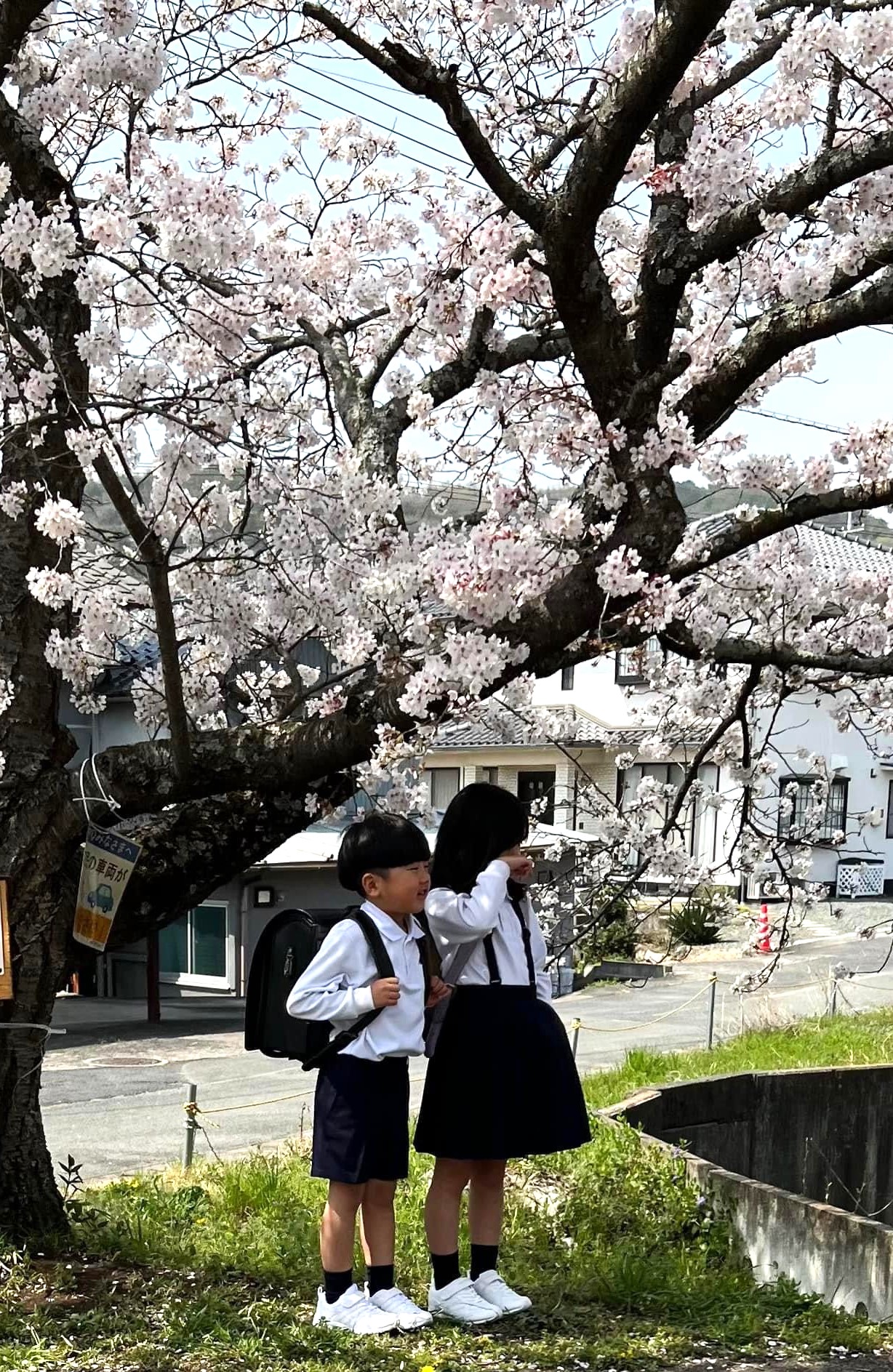In Japan, the first of April marks new beginnings. I thought this would be an appropriate topic as this is my first column of “Letters Home” for the Shelby County Post.
Many of you may remember, well over 20 years ago (and for a number of years), I wrote a column for The Shelbyville News under the same title. Then several years ago, I reprised my column for the Addison Times. When that online periodical ended publication, fellow columnist Kris Meltzer graciously offered to introduce me as a potential columnist to Jeff Brown and Johnny McCrory to write for the Shelby County Post.
So, like a bad penny, I keep coming back!
I hope that unlike a bad penny, though, my return is welcomed. I feel very happy and honored to have this forum to continue writing about Japan and I encourage you, the readers, to send me any questions you may have or ideas for future columns. My columns tend to be written like essays, similar to a personal letter to all of you (hence the column’s title). The columns reflect my observations and knowledge of Japan and its culture through my eyes and experience of living here for the past 34 years and counting. So, here’s to new beginnings!
The only official holiday in April in Japan is on April 29 and it is called “Showa Day.” It was the birthday of the Showa Emperor, better known outside of Japan as “Hirohito.”
After Emperor Showa passed away, it could no longer be called the “Emperor’s birthday” as the new Emperor’s birthday was then celebrated officially, so it was changed to “Greenery Day.” In part, it was created to celebrate all things related to nature but also because of the fact that the Showa Emperor had a genuine fondness for nature, so it seemed fitting to continue celebrating the day of his birth with a newly-formed holiday that celebrated nature.
In 2007, the holiday was officially changed to “Showa Day,” designated as a day to look forward to the future while nostalgically looking back to the long period of the Showa Era which included not only war and tragedy that tested the moral fabric of the nation, but also it was a period of opportunities and the rapid development of post-war Japan.
Regarding “new beginnings,” Japanese schools begin their school year from April 1. Entrance ceremonies for kindergarten, elementary, junior high, senior high, and university students are time-honored rituals that all Japanese students experience as they grow up.
New uniforms are purchased for junior and senior high school students with the hope they can wear them for the following three years for each, and elementary school students receive their new backpacks that they will use for six years. These school bags are called randoseru (a word coined from the Dutch word, ransel, meaning “backpack”) and are quite sturdy in order to survive six years of being lugged back and forth to school and thrown here and there.
They are firm-sided, high quality leather or synthetic material in a variety of colors. Red and black seem to be the most common from my observation. Often times, these are presented to the children by their grandparents as a gift to mark their entrance into elementary school. Also, grandparents will often gift their grandchildren with their first desk and chair to study at in their bedrooms.
The custom of gifting a sturdy school bag to children originated back in 1887 when an 8-year old Prince Yoshihito (later becoming Emperor Taisho) was gifted a school bag when he enrolled in school by Japan’s first Prime Minister, Hirobumi Ito. The bag was fashioned after the bags used by the Imperial Army, and this began the tradition of the upper and noble classes’ elementary-aged students using these bags, receiving the sturdy school bags when entering elementary school to begin their studies. The shape and design have remained pretty much the same throughout the past century.
After World War II, the custom of presenting these bags to children spread to the common folk and today it is considered to be standard. Nearly every elementary school child in Japan uses the same type of bag. Japanese anime and manga afficionados will no doubt be familiar with these bags from watching Japanese cartoons.
April 1 in Japan also marks the beginning of the fiscal year of Japanese companies where new employees report for their first day of work. Again, an entrance ceremony is usually conducted and recent university graduates truly begin “adulting” by becoming a member of the workforce. Even long-term employees may find themselves in a new position at their company.
Japan has a tradition of “tenkin” which is the practice of transferring regular employees to a different subsidiary of the same company or office which usually requires the employee to move and relocate. Often is the case where the breadwinner of the family moves away alone, leaving the family behind. It is customary that if the children are enrolled in school already, it is felt to be less disruptive for them to remain with the mother to attend their regular school rather than to be forced to change schools, which might hinder their studies negatively. Even within small companies, in mid-March, many employees are informed rather suddenly that they will be changing jobs/departments — whether they like it or not.
I remember when I worked for the public school system how nervous everyone was in mid-March not knowing if they would be transferred to a new school, which meant they may have to find new housing and pack up rather quickly to make the move. Some teachers suspected they might be transferred because they had been there for several years, and the tradition dictates that employees be moved after a few years, but it was still nerve-wracking all the same.
The idea behind this system is to offer employees an opportunity to learn about all the facets of a company by experiencing a variety of positions to become more knowledgeable and flexible in the types of work they will be doing for the company in the long-term. This system does offer them a chance to expand their knowledge and to learn new skills. But if they really like their job and the people they work with, it makes it hard to leave that common group and established work history.
On the other hand, if one hates that particular job and/or workmates, it can be a gift from heaven to start anew in a different position and office. At my university, this practice is common among the clerical staff. It is frustrating when you have someone you work with closely for several years suddenly leave and then a new person comes in with no real knowledge of the position or history of the work that had been done previously.
One advantage, though, is if you have a rather cantankerous person who you don’t get on well with, you can expect that they will be moved roughly every three years.
Todd Jay Leonard was born and raised in Shelbyville, but has called Japan home for over 34 years. He is currently a full-professor at the University of Teacher Education Fukuoka in Kyushu, Japan where he lives, writes, and teaches. He is the author of 26 books and can be reached at toddjayleonard@yahoo.com
Get the most recent Shelby County Post headlines delivered to your email. Go to shelbycountypost.com and click on the free daily email signup link at the top of the page.




.jpg)

